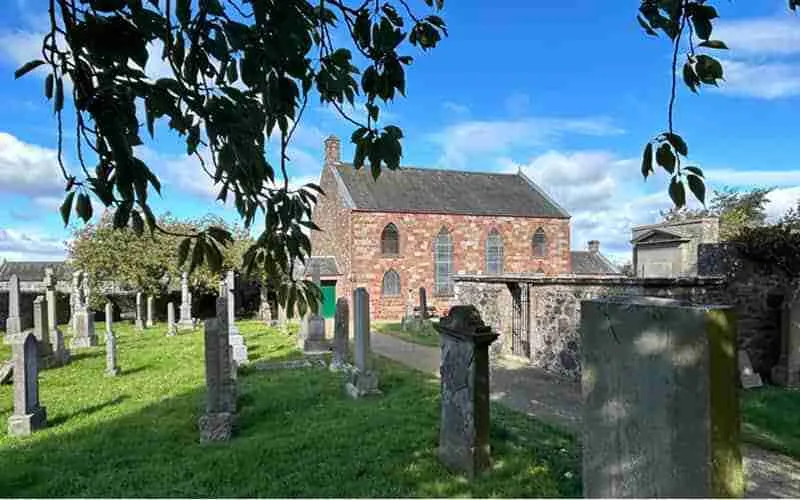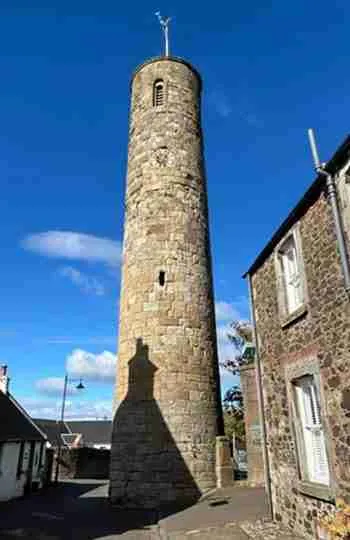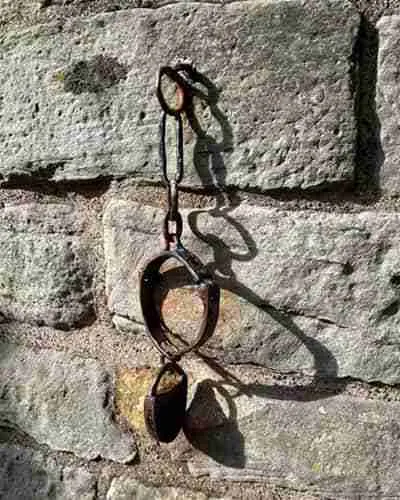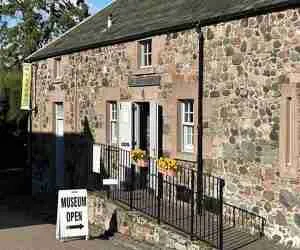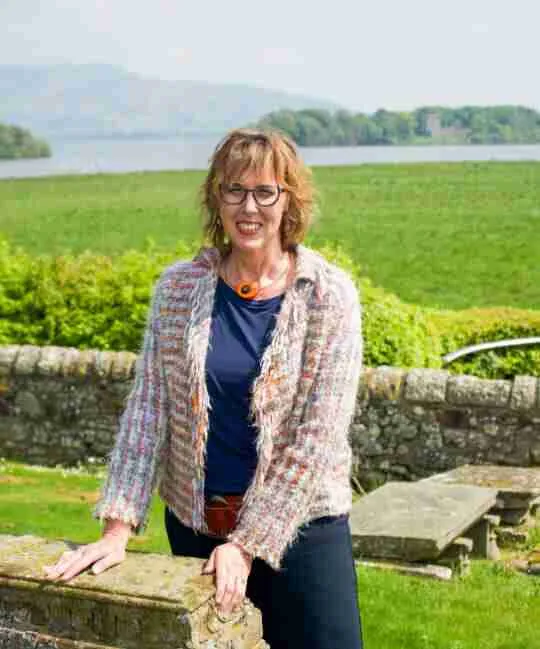Abernethy in Scotland is an excellent place to explore if you are interested in early medieval history, Pictish culture, early Christianity and the suffragettes. Alternatively, you might have ancestors from this tiny parish.
It is located in a conservation village bordered by 3 rivers, the Earn, the Tay and the Nethy. Abernethy’s streets all converge into the village square. Here, you will find a war memorial that resembles a traditional mercat cross. A mercat cross, in fact, identifies the market square of a village.
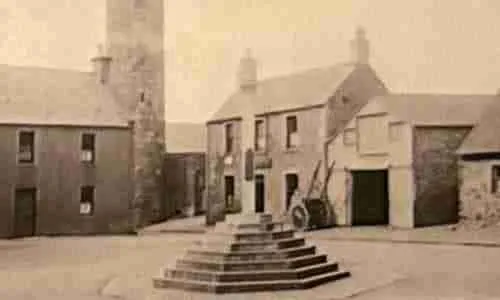
The name “Abernethy” itself has roots in the Celtic word “Aber,” meaning “at the mouth of,” likely referring to the River Nethy. However, some historians suggest that the name might come from “Obair Nethan” or “Nechtan’s Work.”
Romans, Picts, and Early Christianity
When the Romans left Scotland around 410 AD, the Picts took control of the land. Abernethy is strongly connected to this period, with its first church – possibly a simple wood and wattle structure – believed to have been built by St. Ninian. Moreover, in 460 AD, King Nechtan granted land to the church, making it the first recorded land grant in Scottish history. Consequently, this is probably where the name Abernethy may have come from: *”Obair Nethan”* or “Nechtan’s Work.”
The Round Tower of Abernethy Scotland
Abernethy is home to one of Scotland’s 2 surviving round towers. The Round Tower is believed to have been built during the 9th or 10th century. In fact, it served as a lookout and refuge during Viking raids when Norsemen sailed up the rivers to plunder settlements. It stands at 74 feet tall with a 48-foot circumference and 4 small windows facing the cardinal directions in the upper section of the tower.
Attached to the Round Tower are the “jougs,” an iron collar and chain once used as punishment for wrongdoers.
Today, the tower is in excellent condition after standing for over 1,000 years. It is a true testament to remarkable medieval craftsmanship.
Later, a clock was added in 1864. Inside, there are 100 steps leading to the top. You can ask for the key at the local museum during the summer season and climb the steps.
William the Conqueror visiting Abernethy in Scotland
According to historical sources, William the Conqueror travelled to Abernethy in 1072 as part of his campaign to negotiate a treaty agreement with King Malcolm III of Scotland (Malcolm Canmore). Consequently, this agreement helped secure peace between Scotland and England at the time. However, Malcolm would later challenge William’s authority.
The Impact of the Reformation
The Reformation marked a new beginning in Abernethy with the appointment of the first minister of the Reformed Church. In 1733, the local minister, Reverend Alexander Moncrieff, played a leading role in the Secession Movement, establishing a new church in Abernethy. Not long after, the Manse was built about 1774.
After the Disruption in 1843, the Free Church was formed, followed by the United Presbyterian Church in 1847. For many years, 3 congregations coexisted until 1900, when two united to form the United Free Church. By 1951, Abernethy had just one congregation, which used the current Parish Church, built in 1802.
A Glimpse into Abernethy’s Past Industries
Prior to the 19th century, most of Abernethy’s residents were engaged in agriculture and fishing. The fertile soil made it ideal for farming, with wheat, barley, oats, beans, potatoes, and flax becoming the main crops. Additionally, fishing, particularly for salmon, was another key industry. By 1841, as many as 70 boats were operating on the rivers.
Like many small villages, weaving was also a common occupation. Today, three former weavers’ cottages have been converted into the local Abernethy Museum.
Abernethy and the Suffragettes
Abernethy’s railway station opened up in 1848. In fact it resulted in regular transport of raspberries and salmon, often to London. In addition, it welcomed over 1500 people in 1909 when Winston Churchill held a political meeting in the village marquee. At this time, he was an up-and-coming minister as a Liberal candidate for a Dundee constituency.
During Churchill’s 70-minute speech, Adela Pankhurst, daughter of the suffragette Emmeline Pankhurst, arrived in Abernethy with a group of activists aiming to disrupt the proceedings. However, they were stopped by a crowd outside the marquee and were pelted with mud.
A few days later, Miss Pankhurst and six others were jailed in
Dundee, where they were subjected to force-feeding while imprisoned.
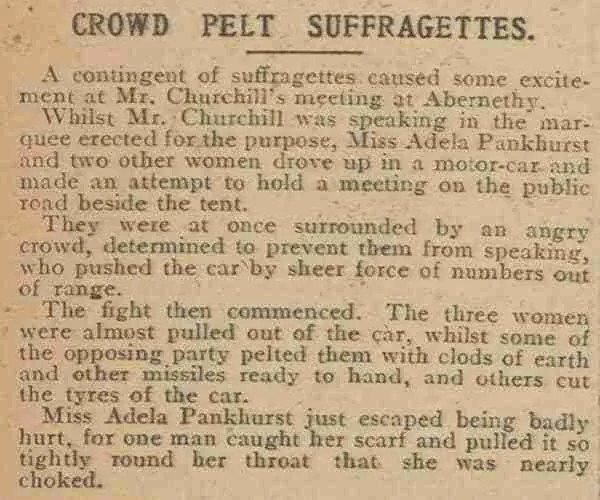
In summary…
whether you are exploring your Scottish roots or simply interested in local history, Abernethy has something to offer.
With its historical connections to the Vikings, Picts, William the Conqueror, Winston Churchill, and the suffragettes, Abernethy is more than just a wee Scottish village—it is a key piece of Scottish heritage.
Thank you for joining me on an another historical journey into a Scottish village.
Please remember to leave a comment below and if you want me to write about a Scottish village, then let me know.
Good luck with your Scottish family tree.
Until my next post, haste ye back.
Enjoyed this post?
Keep up-to-date with my latest posts and tips below:
We hate SPAM & promise to keep your details safe.
You may also like...
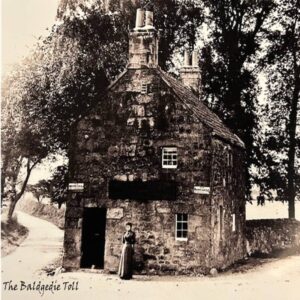
The Life of a Tollkeeper
A tollkeeper was a person who collected road fees from travellers. This old occupation was prominent during the 18th and 19th centuries.

Cameron Surname: Origin, Meaning & History
The Cameron surname has Gaelic origins and it is associated with Clan Cameron, one of the most influential Highland clans.
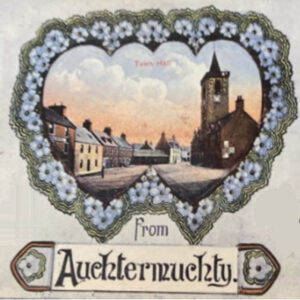
Ancestral Visit to Auchtermuchty, Fife
Auchtermuchty in Fife is known as Muchty to locals. What does Stratheden Whisky, Jimmy Shand and the Proclaimers have in common?
